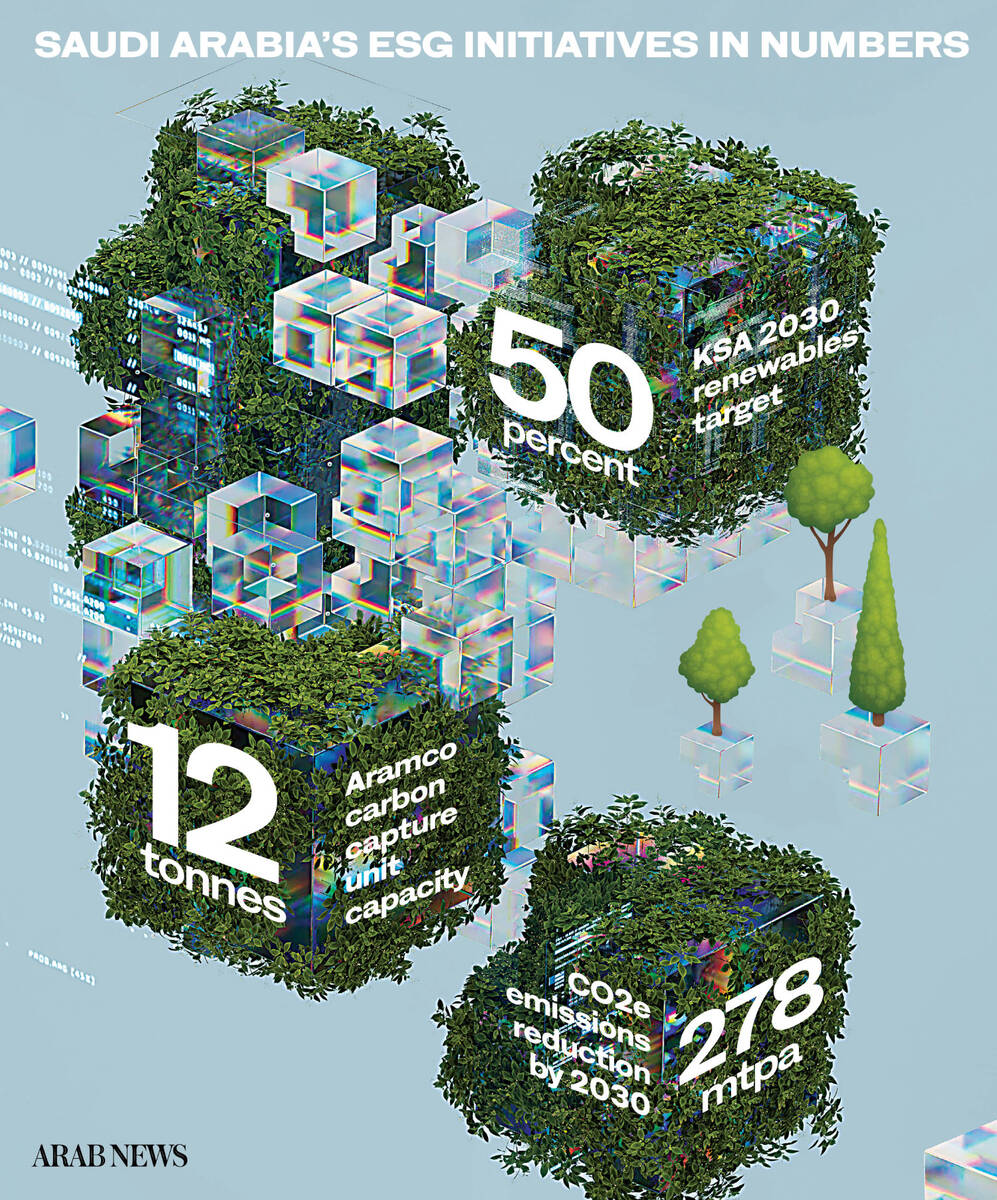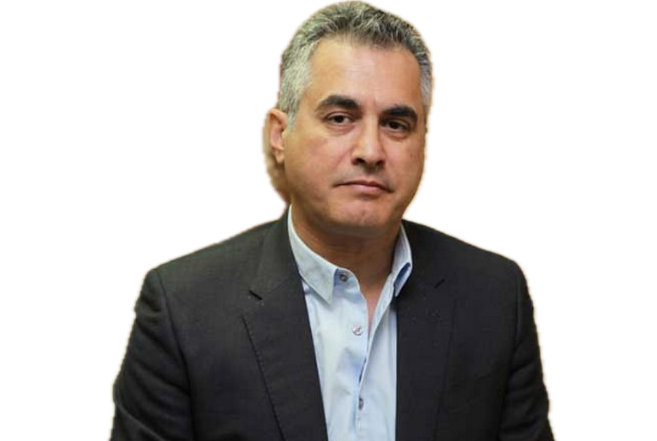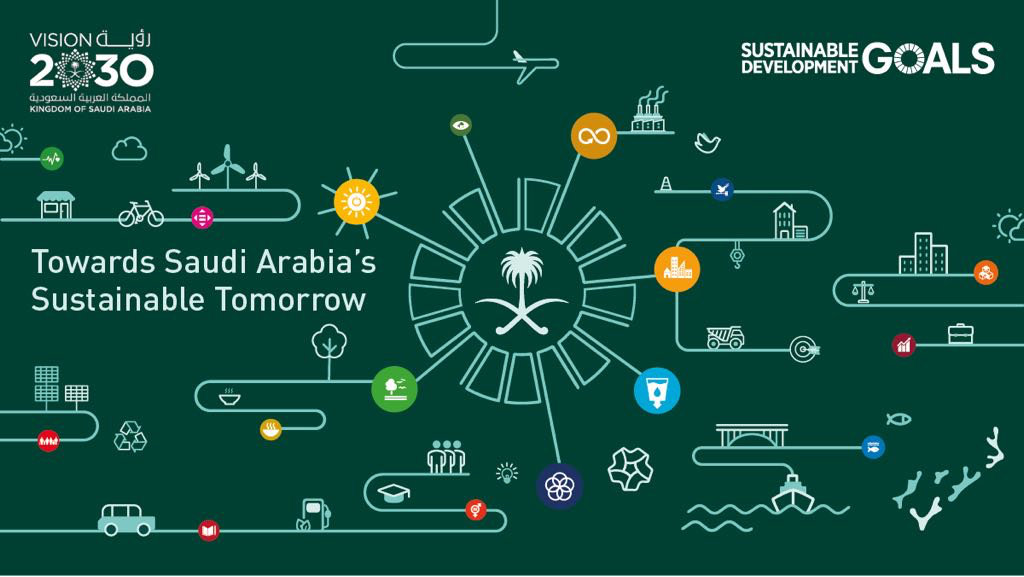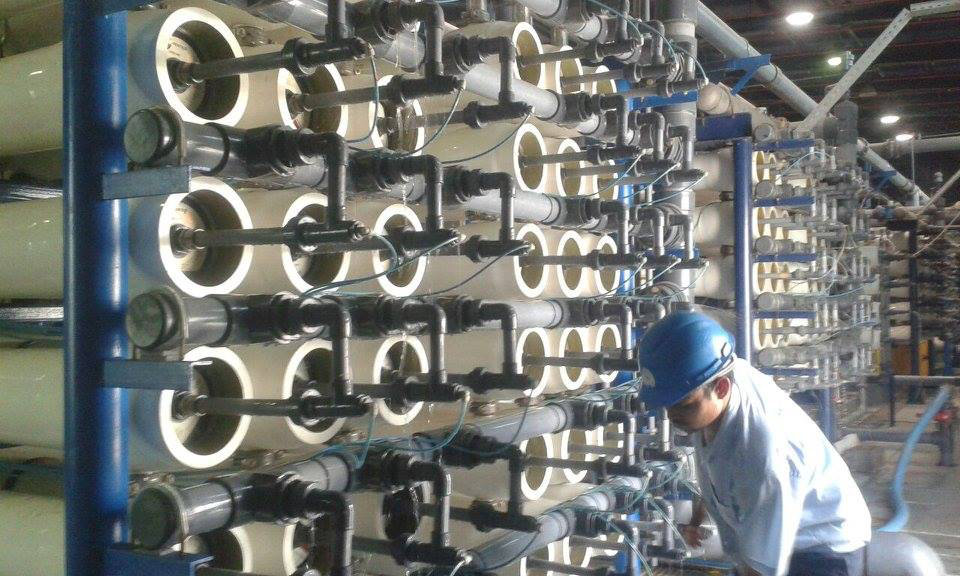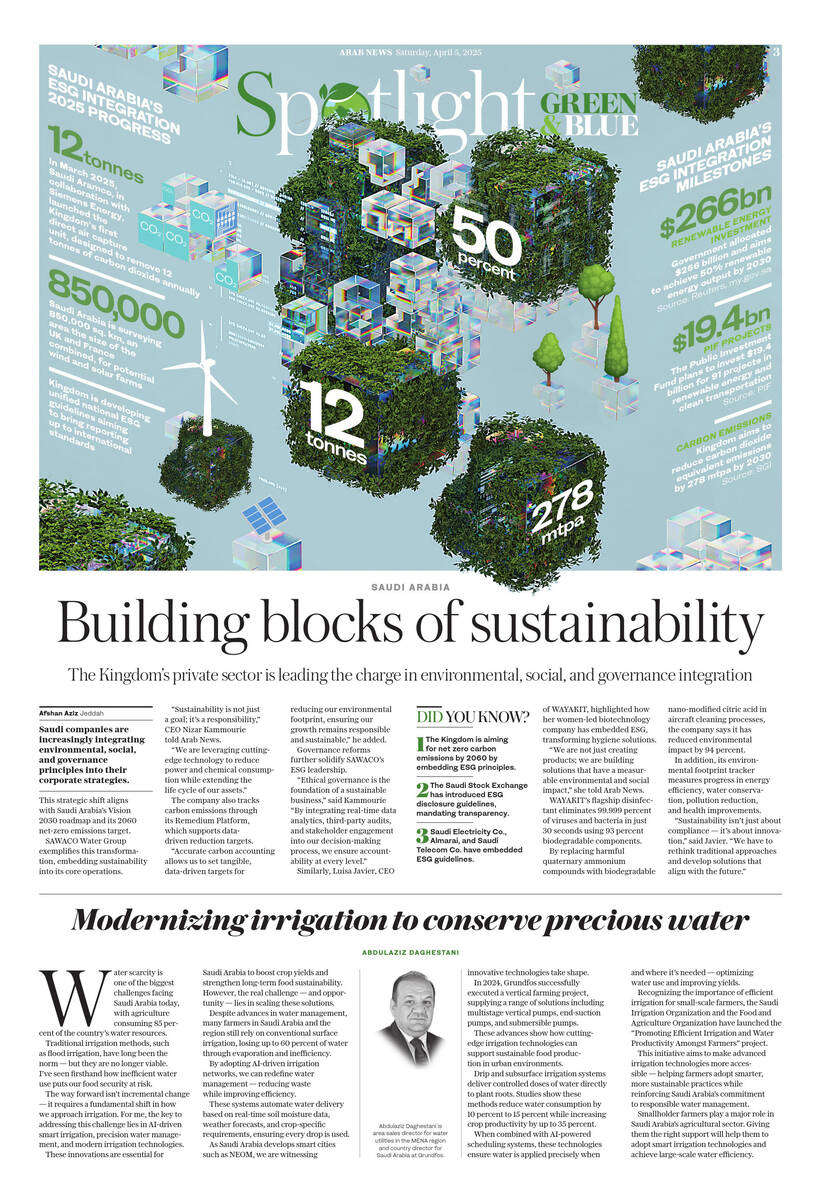Modernizing irrigation for Saudi sustainability

https://arab.news/4fksm
Water scarcity is one of the biggest challenges facing Saudi Arabia today, with agriculture consuming 85 percent of the country’s water resources.
Traditional irrigation methods, such as flood irrigation, have long been the norm — but they are no longer viable. I’ve seen firsthand how inefficient water use puts our food security at risk.
The way forward isn’t incremental change — it requires a fundamental shift in how we approach irrigation. For me, the key to addressing this challenge lies in AI-driven smart irrigation, precision water management, and modern irrigation technologies.
These innovations are essential for Saudi Arabia to boost crop yields and strengthen long-term food sustainability. However, the real challenge — and opportunity — lies in scaling these solutions.
Despite advances in water management, many farmers in Saudi Arabia and across the Middle East and North Africa still rely on conventional surface irrigation, losing up to 60 percent of water through evaporation and inefficiency.
By adopting AI-driven irrigation networks, we can redefine water management — significantly reducing waste while improving efficiency.
These systems automate water delivery based on real-time soil moisture data, weather forecasts, and crop-specific requirements, ensuring every drop is used with maximum impact.
As Saudi Arabia develops smart cities such as NEOM, we are witnessing innovative technologies take shape, including vertical farming.
In 2024, Grundfos successfully executed a vertical farming project, supplying a range of solutions including multistage vertical pumps, end-suction pumps, and submersible pumps.
These advances show how cutting-edge irrigation technologies can support sustainable food production in urban environments while conserving water resources.
Surface irrigation is still widely used in Saudi Arabia, leading to excessive water loss through evaporation. However, drip and subsurface irrigation systems offer more efficient alternatives, delivering controlled doses of water directly to plant roots.
Studies show these methods reduce water consumption by 10 percent to 15 percent while increasing crop productivity by up to 35 percent.
For Saudi Arabia’s transition to water-smart agriculture to succeed, farmers need practical, accessible solutions that conserve water without compromising productivity.
Abdulaziz Daghestani
When combined with AI-powered scheduling systems, these technologies ensure water is applied precisely when and where it’s needed — optimizing water use and improving yields.
Recognizing the importance of efficient irrigation for small-scale farmers, the Saudi Irrigation Organization and the Food and Agriculture Organization have launched the “Promoting Efficient Irrigation and Water Productivity Amongst Farmers” project.
This initiative aims to make advanced irrigation technologies more accessible — helping farmers adopt smarter, more sustainable practices while reinforcing Saudi Arabia’s commitment to responsible water management.
For Saudi Arabia’s transition to water-smart agriculture to succeed, farmers need practical, accessible solutions that conserve water without compromising productivity.
Smallholder farmers play a major role in Saudi Arabia’s agricultural sector, with up to 200,000 farm families contributing 43 percent of the country’s agricultural gross domestic product.
Giving them the right support — through resources and training — will help them to adopt smart irrigation technologies and achieve large-scale water efficiency.
Bridging this gap requires collaboration between government and the private sector to deliver targeted training programs and scalable, cost-effective irrigation solutions.
These efforts are already helping farmers integrate state-of-the-art water management technologies, ensuring efficiency improvements reach farms of all sizes.
The path forward is clear — water-smart agriculture must be at the heart of Saudi Arabia’s long-term sustainability and food security strategy.
By scaling up AI-driven irrigation networks, expanding precision irrigation systems, and strengthening public-private partnerships, we can secure a more sustainable future for generations to come.
• Abdulaziz Daghestani is area sales director for water utilities in the MENA region and country director for Saudi Arabia at Grundfos.















